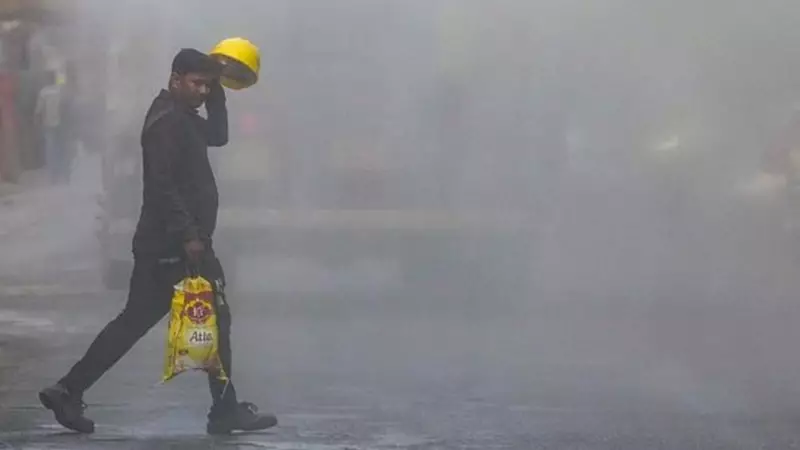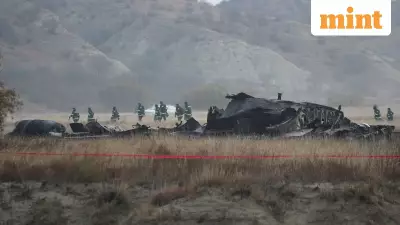
Major Crackdown on Polluting Industries Across Delhi-NCR
In a significant move to combat deteriorating air quality, the Commission for Air Quality Management (CAQM) has ordered the closure of 1,515 polluting industries and construction sites across the National Capital Region. The directive came through an affidavit filed on November 11, 2025, as Delhi continued to grapple with severe smog conditions.
State-wise Breakdown of Shutdown Units
The massive enforcement action has affected industries across four states in the NCR region. According to the official data:
- Uttar Pradesh: 637 units closed
- Delhi: 264 units shut down
- Haryana: 234 industries affected
- Rajasthan: 121 units closed
The shutdown comes as Delhi's air quality remained in the 'very poor' category, with the 24-hour average Air Quality Index (AQI) settling at 351 on Monday. While this showed slight improvement from Sunday's reading of 377, the situation remains concerning for residents.
Scale of Industrial Pollution in NCR
The CAQM affidavit revealed alarming statistics about the industrial landscape in Delhi-NCR. Out of approximately 50,000 operational industries in the region, nearly 11,000 fall under the air-polluting category. These units face the highest levels of regulatory scrutiny due to their manufacturing processes, fuel consumption, or emission levels.
The affected industries range from large industrial boilers and metal furnaces to smaller combustion-based units operating in densely packed industrial clusters around the capital. Notable industrial areas impacted include textile units in Panipat and Sahibabad, food processing plants, and metal furnaces in Bawana and Bhiwadi.
Research and Regulatory Framework
In a parallel development, the Central Pollution Control Board (CPCB) has commissioned IIT Kanpur to conduct a comprehensive study re-examining particulate matter (PM) standards for three of the most emission-intensive industrial sectors operating across Delhi-NCR.
The CPCB classifies industrial sectors using a pollution index that combines their potential to pollute air, water, and generate hazardous waste. Industries with high scores are placed in the 'Red' category, described as "highly polluting" and subject to the strictest emission standards.
According to air quality analyst Sunil Dahiya, founder of Envirocatalysts, there's a significant enforcement gap: "The current policy, which mandates Online Continuous Emission Monitoring Systems (OCEMS) for only 3,551 out of 11,000 polluting units in densely populated areas, creates a massive enforcement blind spot."
The CAQM's regulations focus primarily on two key aspects: the fuels industries use and the amount of particulate matter they're permitted to release. The commission has established a uniform fuel list restricting coal and high-sulphur oils while promoting cleaner alternatives like PNG, LPG, electricity, and biofuels.
As Delhi continues its battle against air pollution, these regulatory measures represent a crucial step toward holding industrial polluters accountable and protecting public health in the region.





